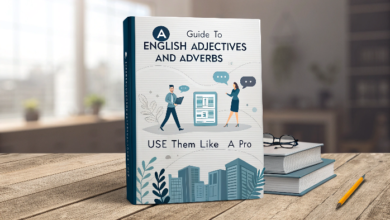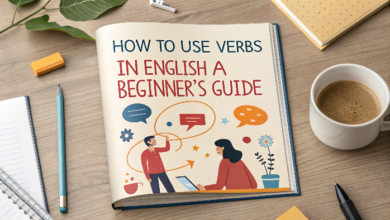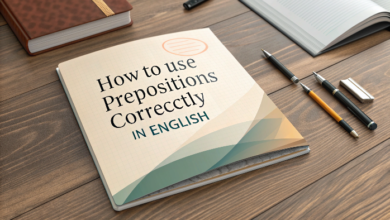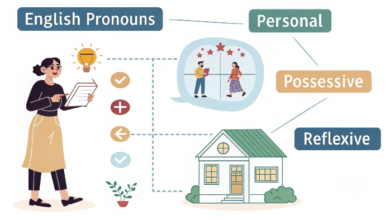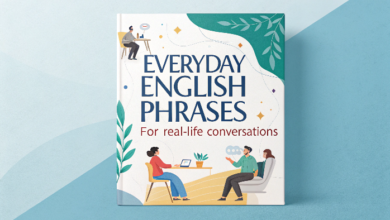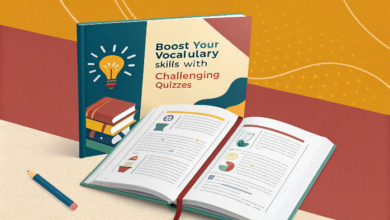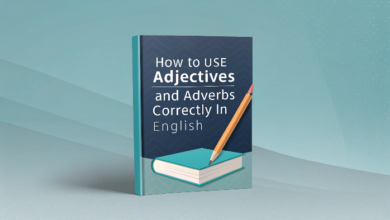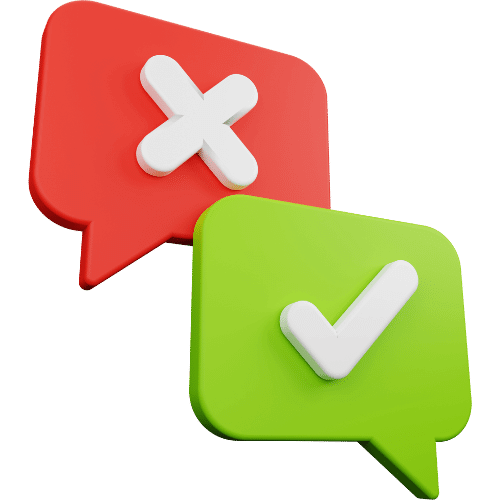How to Use Prepositions in English
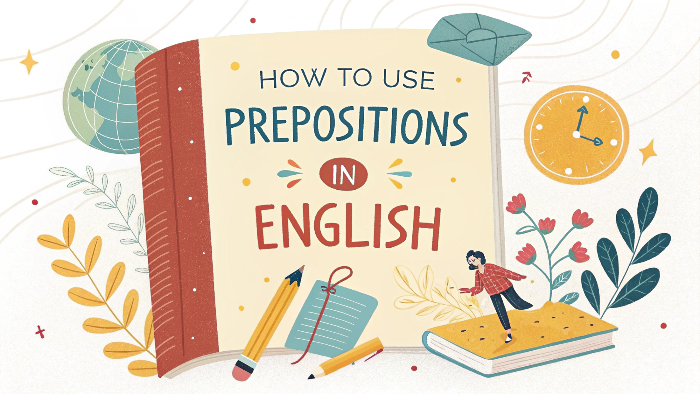
How to Use Prepositions in English
What Are Prepositions
Prepositions are small but essential words in English that help establish relationships between other words in a sentence. They show how a noun or pronoun is connected to other parts of the sentence, such as location, time, direction, and more.
Common prepositions include:
In, On, At, By, For, To, With, About, Between, Under, Over, Through, During
This guide will explain how to use prepositions correctly with examples, provide explanations for each, and give you practice exercises to improve your skills.
The Role of Prepositions in English
Prepositions link nouns, pronouns, or phrases to other words in a sentence. They indicate place, time, movement, or other relationships. Understanding prepositions will make your sentences clearer and more accurate.
Types of Prepositions
a. Prepositions of Time
Prepositions of time help explain when something happens.
In: Used for months, years, centuries, and long periods.
Example: I was born in 1990.
Example: She will arrive in January.
On: Used for days and dates.
Example: The meeting is on Monday.
Example: We went on vacation on 1st July.
At: Used for precise times and specific moments.
Example: I’ll meet you at 5 PM.
Example: She wakes up at dawn.
b. Prepositions of Place
Prepositions of place tell us where something is located.
In: Used for enclosed spaces, countries, cities, and rooms.
Example: He lives in Canada.
Example: The keys are in the drawer.
On: Used for surfaces, streets, or days.
Example: The book is on the table.
Example: She lives on Elm Street.
At: Used for specific points or places.
Example: I’m at the office.
Example: She’s waiting at the bus stop.
How to Use Prepositions in English
c. Prepositions of Movement
Prepositions of movement describe direction or movement toward something.
To: Indicates movement towards a destination.
Example: She is going to the store.
Example: I’m flying to Paris tomorrow.
Into: Describes movement inside a place or space.
Example: She walked into the room.
Example: He jumped into the pool.
Onto: Indicates movement towards a surface.
Example: She climbed onto the roof.
Example: The cat jumped onto the table.
For more, go to the next page

